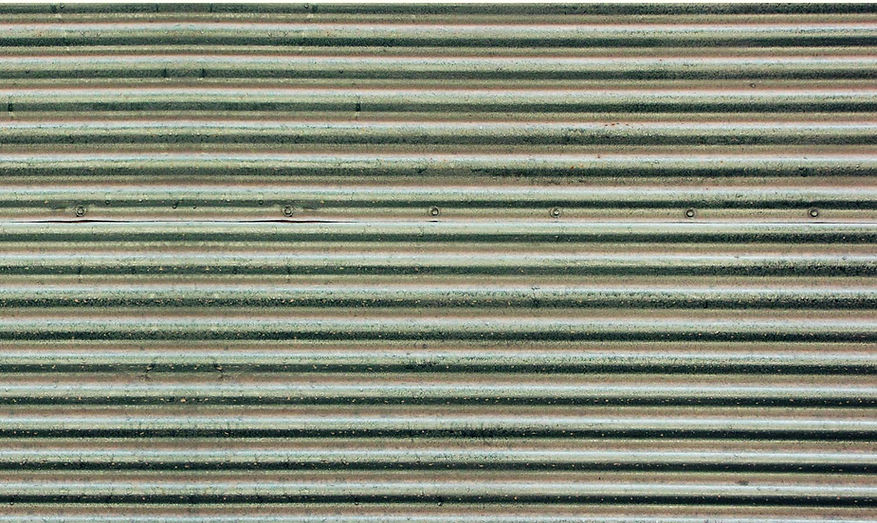The Renaissance
- Alexandra Ruetz
- Dec 4, 2017
- 2 min read

Based off of the literature and information, the Renaissance period, meaning the rebirth and reawakening of culture, occurred in Europe throughout the mid-seventeenth century. Many famous paintings came out of the Renaissance such as: Mona Lisa, The Last Supper, The Birth of Adam and many more. Among the popular great artists of the Renaissance like Michelangelo and Leonardo Da Vinci, another artist made his mark on art history.
The famous artist Raffaello Sanzio Da Urbino, more widely known as Raphael, was born in 1483, Urbino, Italy and sadly passed away on April 6, 1520, in Rome, Italy. Raphael was an Italian painter and architect who was a major figure of the High Renaissance and, “a highly prolific artist.” Raphael was born into an artistic family. He received early instructions in art from his father, Giovanni Santi, who worked as a court painter to the Duke. His guidance towards Raphael means that he was raised in an artistic environment. Raphael began painting at a very young age with the encouragement of his father. Sadly, he had lost both his parents at age 11. Raphael had other talents which included architecture. He designed many buildings and was reputed to be one of the most important architects in Rome, during mid 1510s.
The Lady and the Unicorn is one of Raphael’s most famous painting. Painted with oil in 1506 in Galleria Borghese, Rome, The Lady and the Unicorn was altered multiple times by the artist in order to get the perfect painting. First, Raphael replaced the original lap dog with a tiny unicorn. In the 17th century, the mythical creature was painted over. As Raphael idolized painters like Michelangelo and Leonardo Da Vinci, there are said to be similarities in the paintings of all of these artists. For instance, there has been speculation that this painting is modeled after the Mona Lisa. However, Christof Theones observes, “however unabashedly Raphael adopts the pose, compositional framework and spatial organization of the Leonardo portrait… the cool watchfulness in the young woman’s gaze is very different from the enigmatic ambiguity of the Mona Lisa,” (Theones).
The Lady and the Unicorn illustrates classical beauty, humanist ideals and a full awakening from the Middle Ages. On creating this masterpiece, Raphael observed other people’s painting that were apart of the Renaissance, such as; Leonardo’s and Michelangelo’s. Raphael built on their accomplishments to create something eye drawing for his audience. The Lady and the Unicorn painting treasures the idealizing beauty, elegant figures, fluid movement, grace gestures, exceptional detail, and clarity of form. It influenced the Renaissance era by developing and revolutionizing techniques previously in place by other High Renaissance painters.
Overall, Raphael’s paintings brought a new perspective of colour, light and emotional tone to the Renaissance era. His paintings represent the literal translation of re-birth from darker coloured and toned paintings to new, and emotionally light art. The Lady and the Unicorn tells a story that far surpasses that of just portrait. The many layers of this story, from the eyes of the young girl, to the unicorn and later revealed, dog, in her hands, leaves the viewer looking for meaning, and wanting more.
unicorn and later revealed, dog, in her hands, leaves the viewer looking for meaning, and wanting more.

Comments